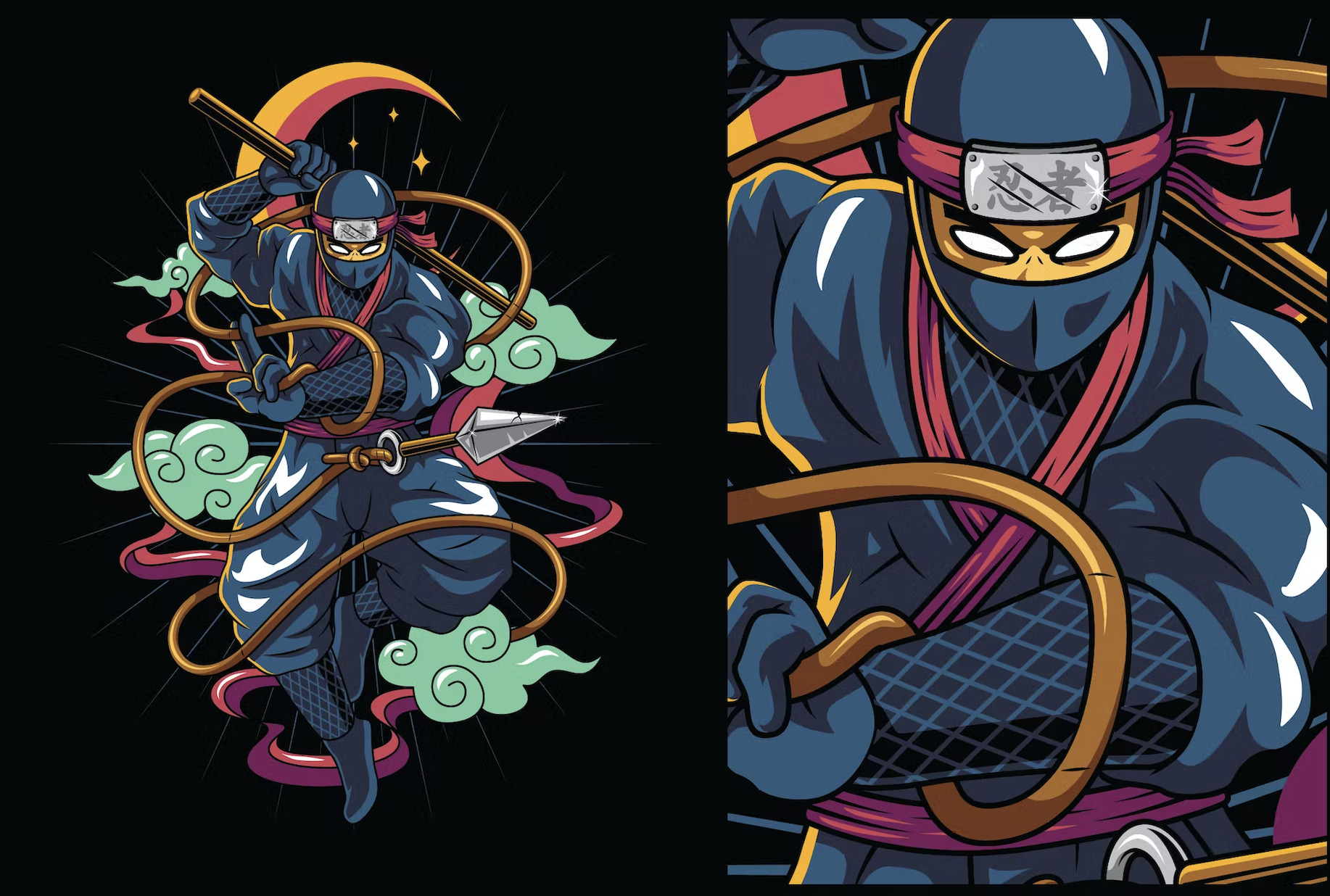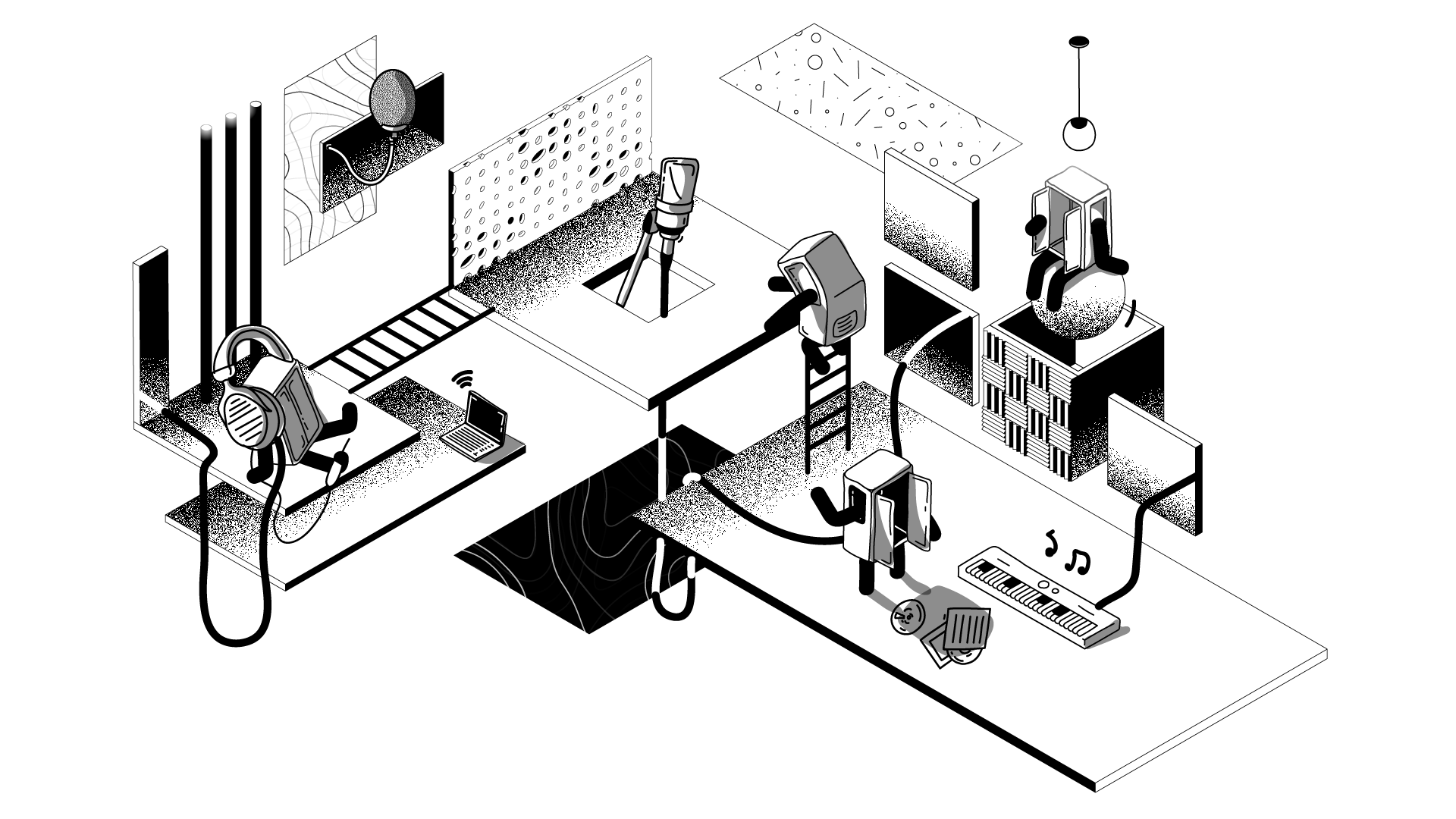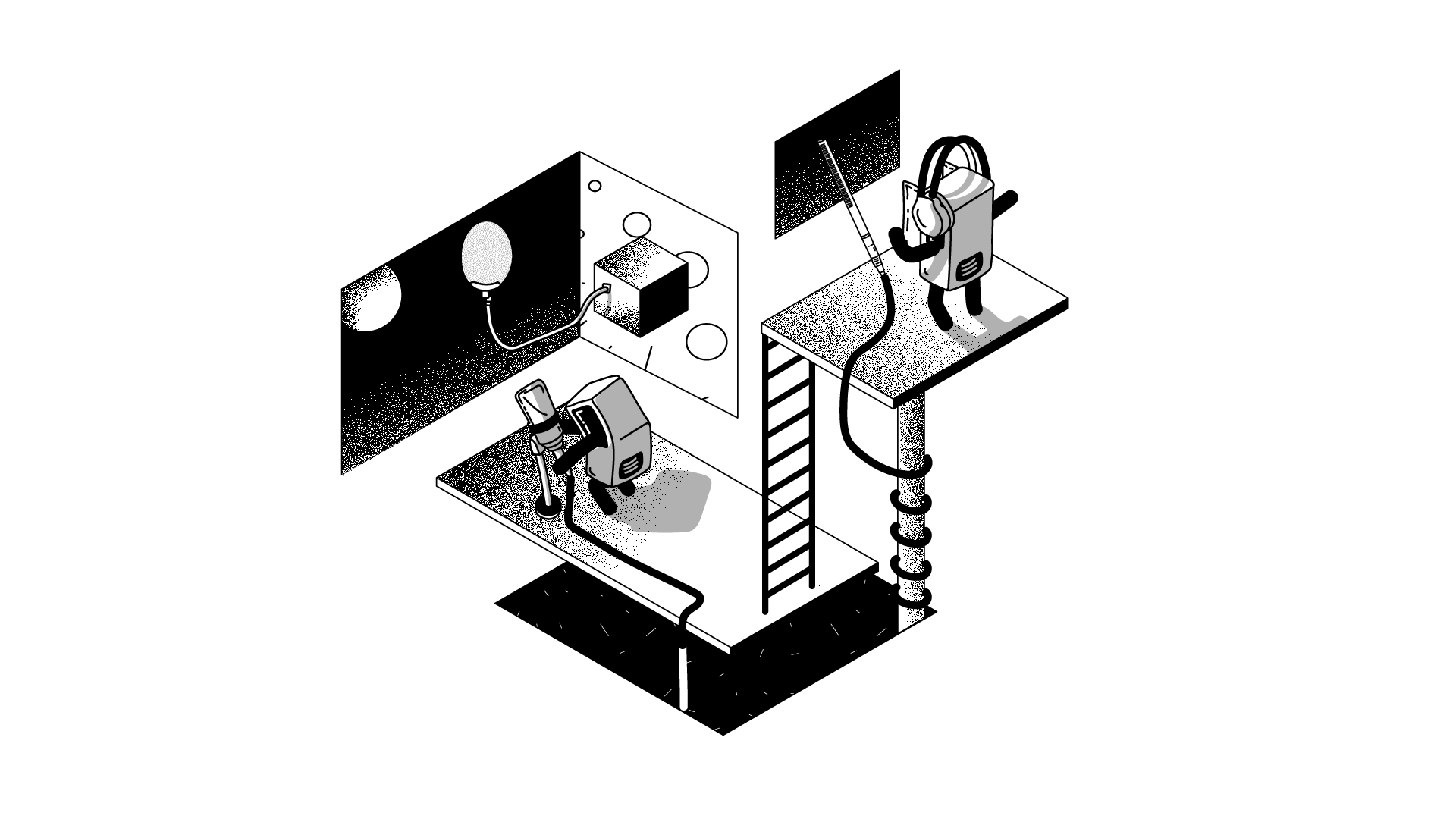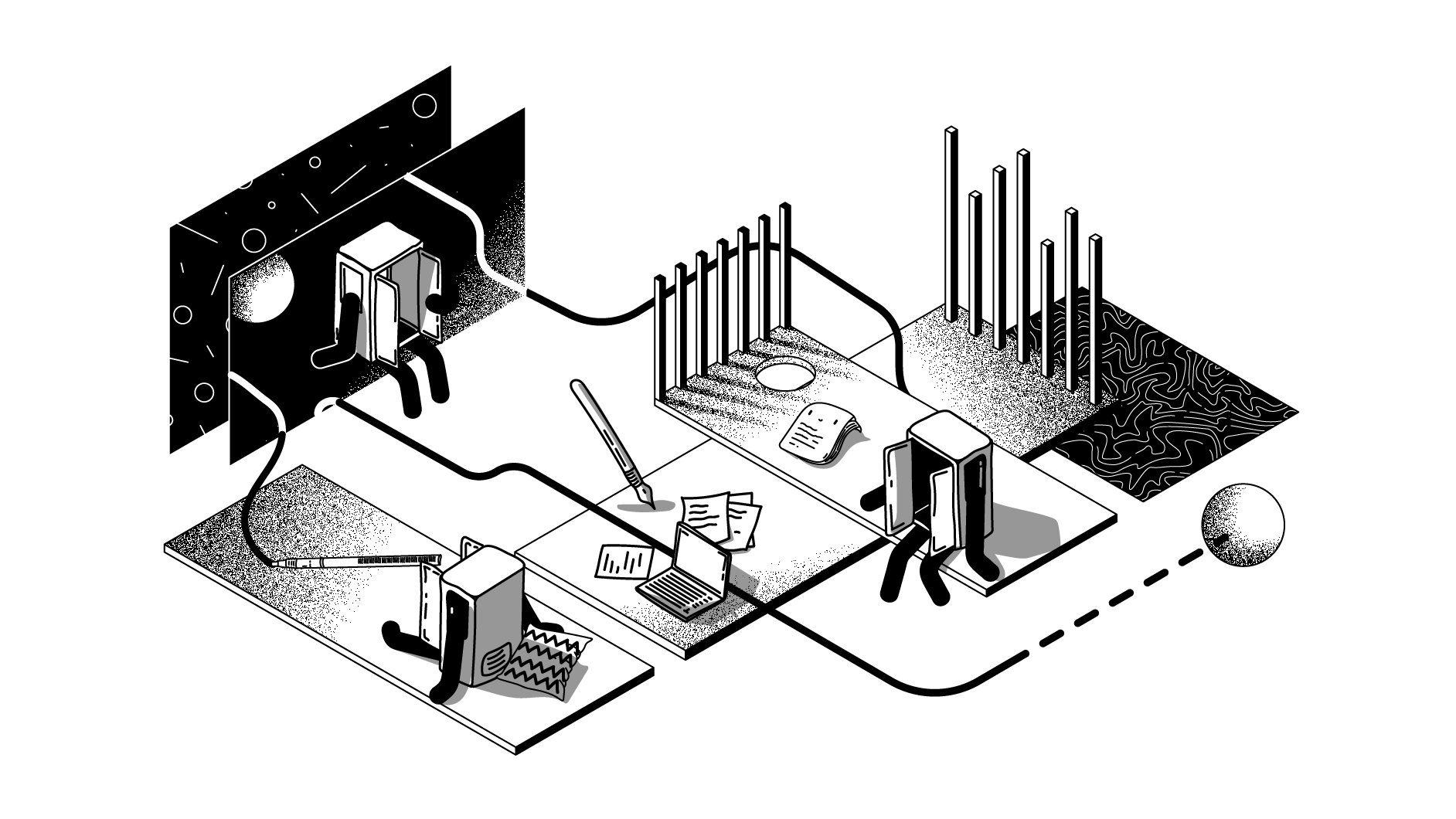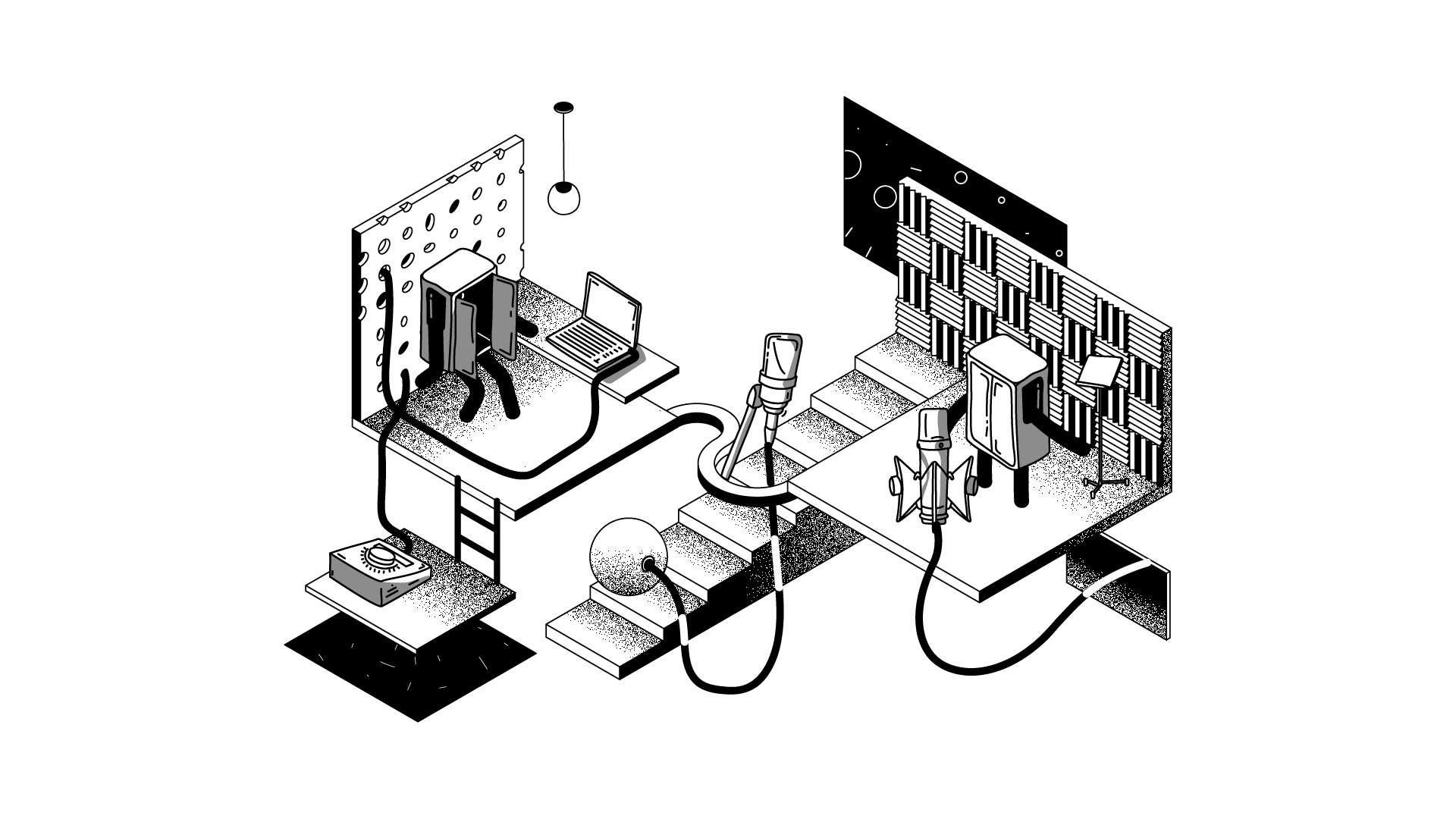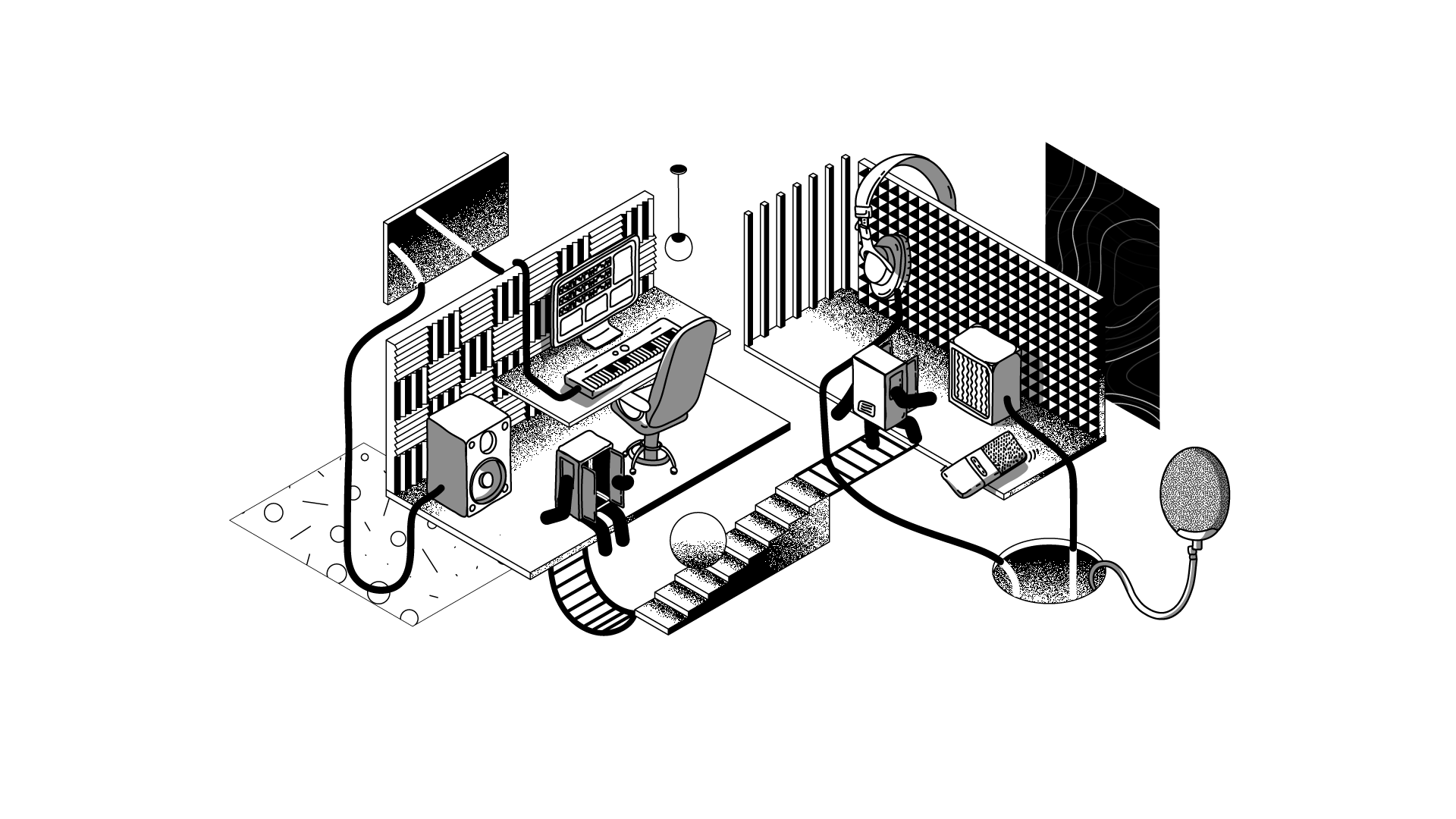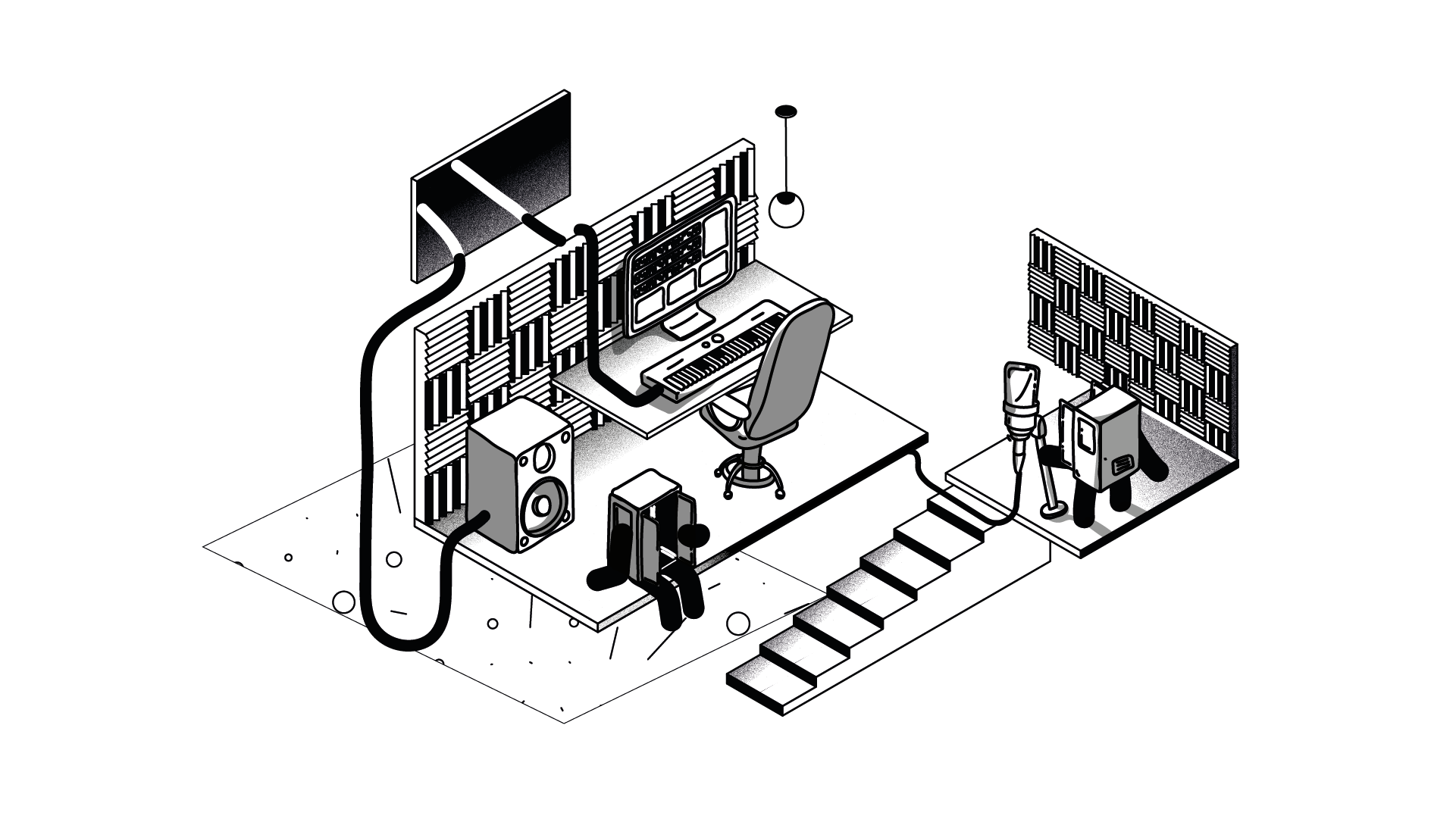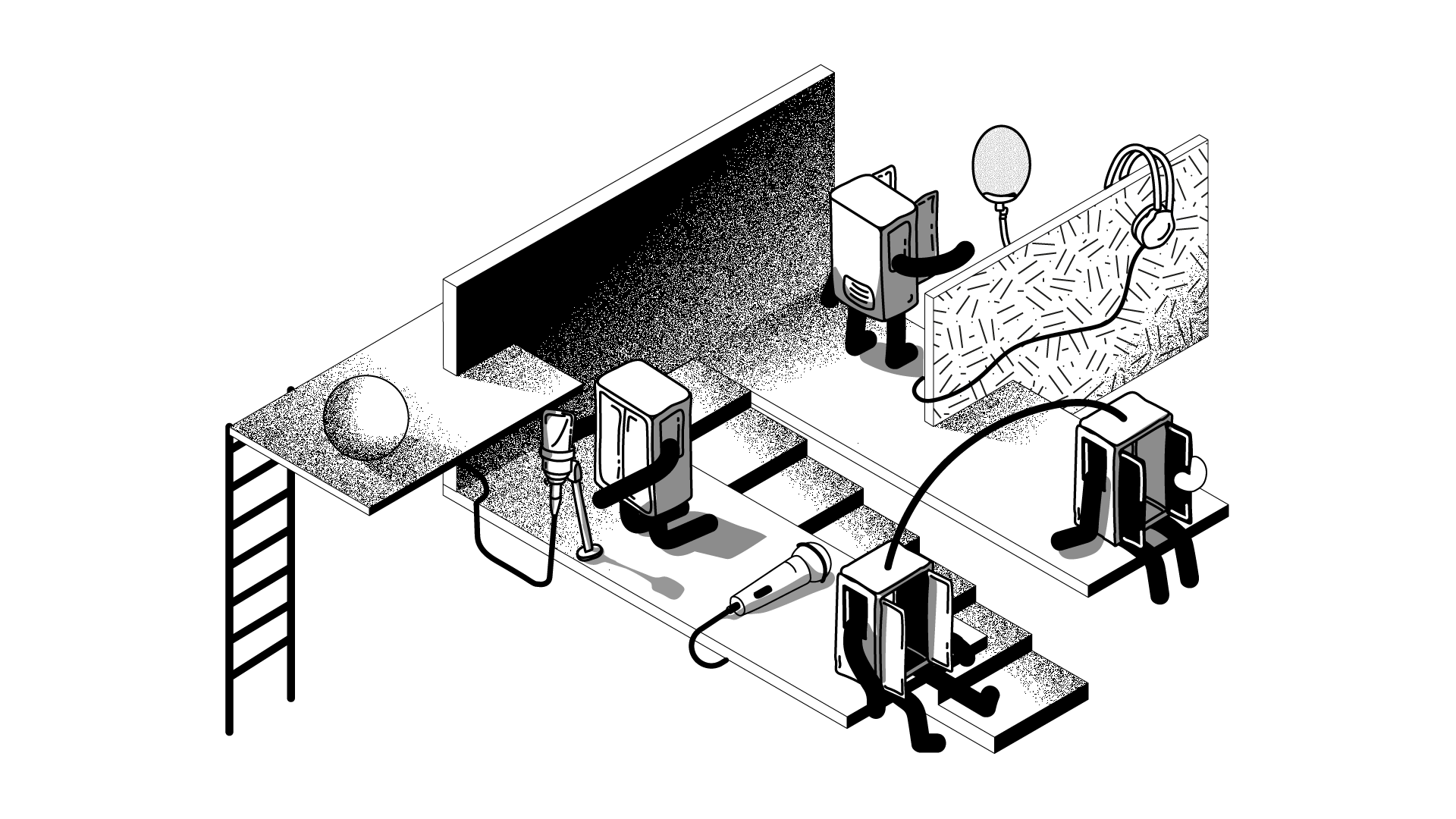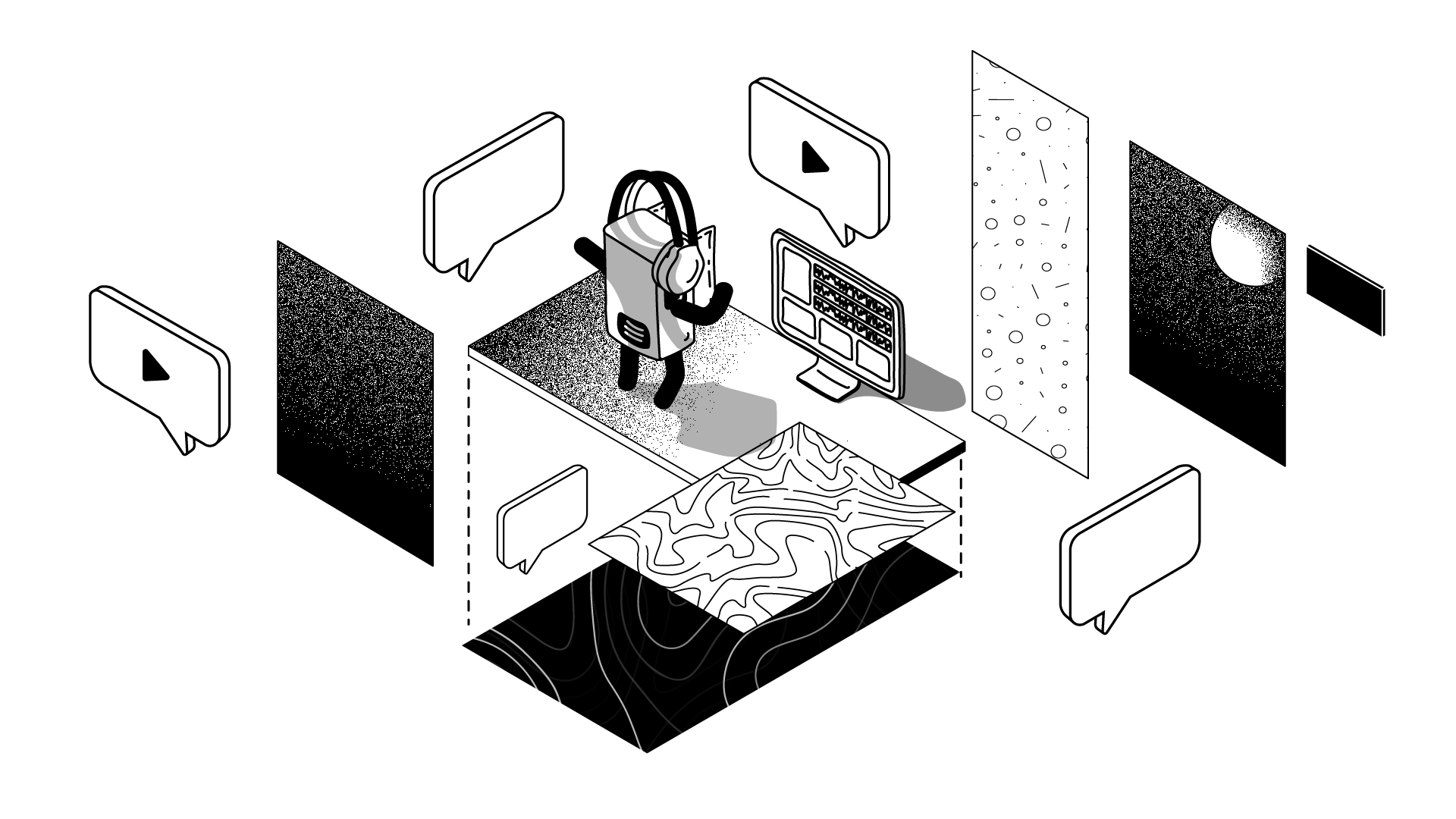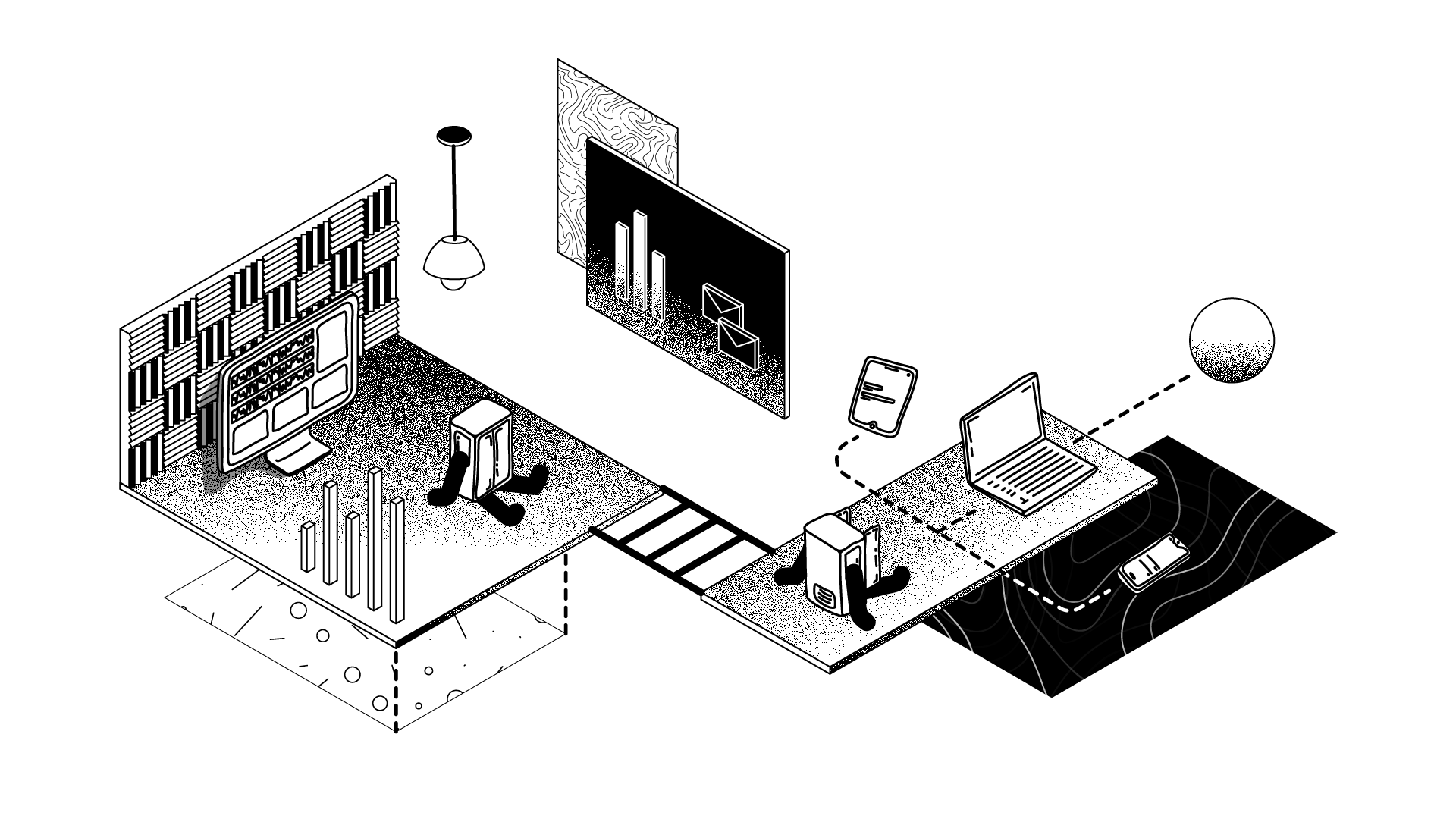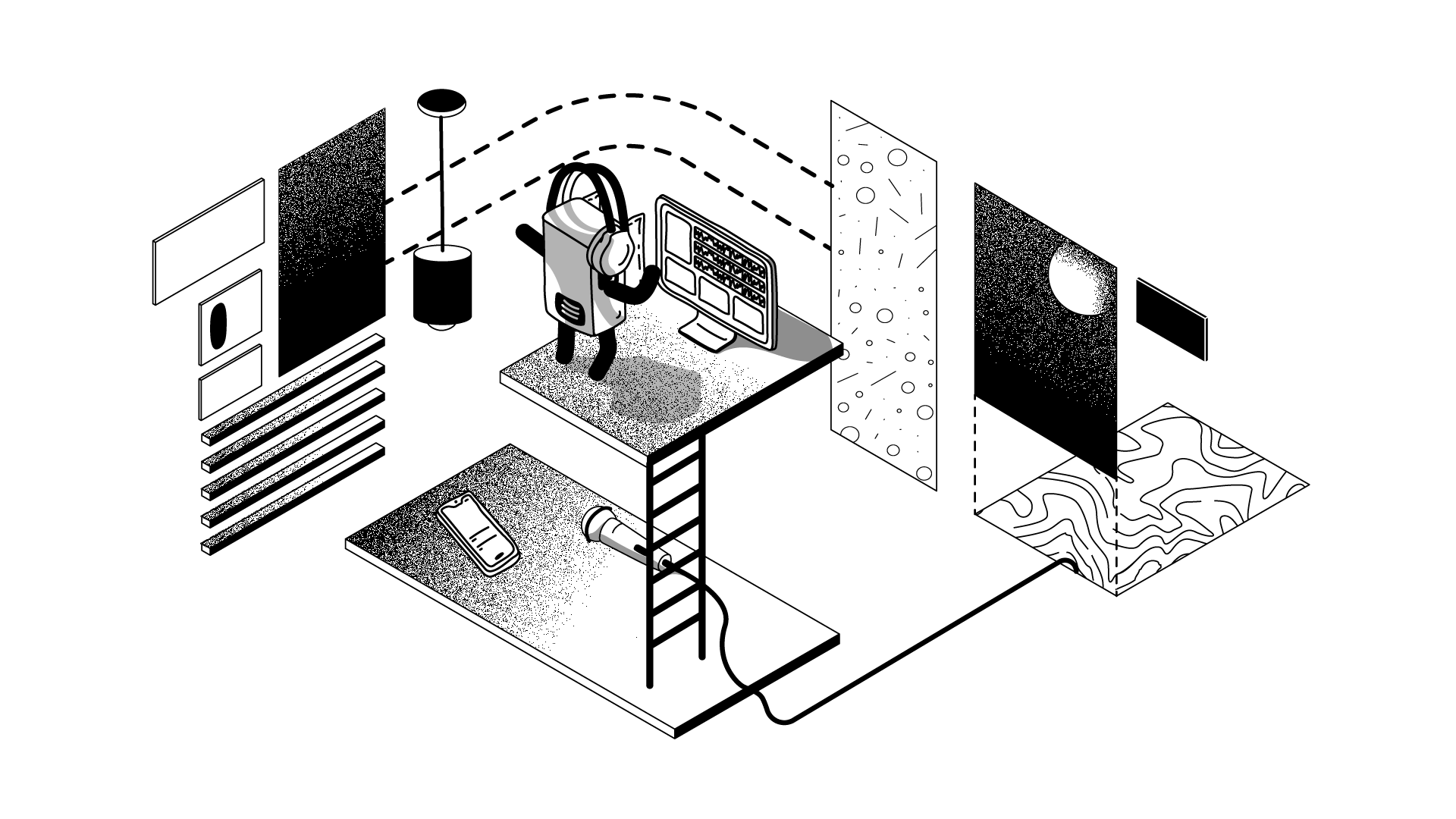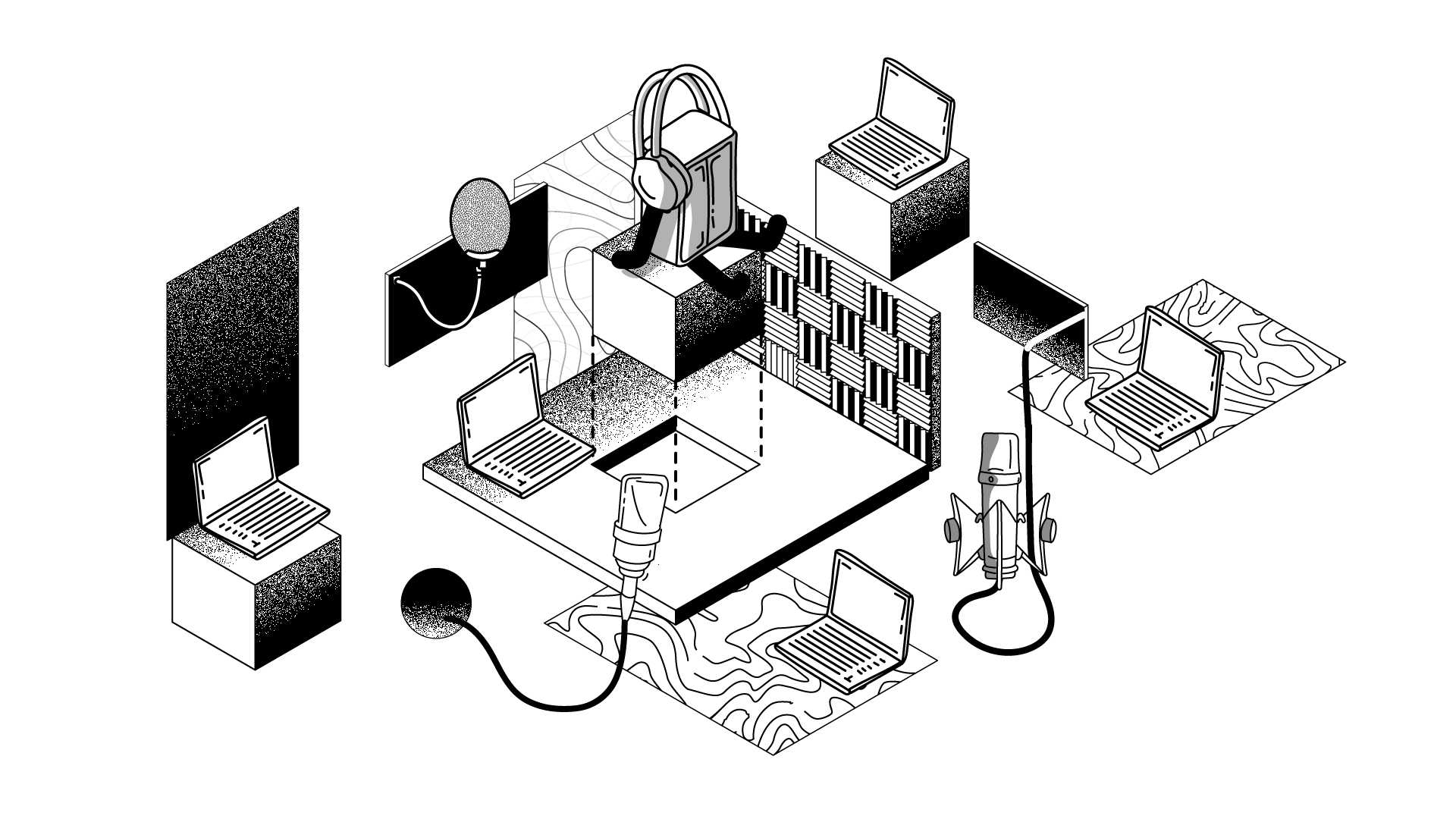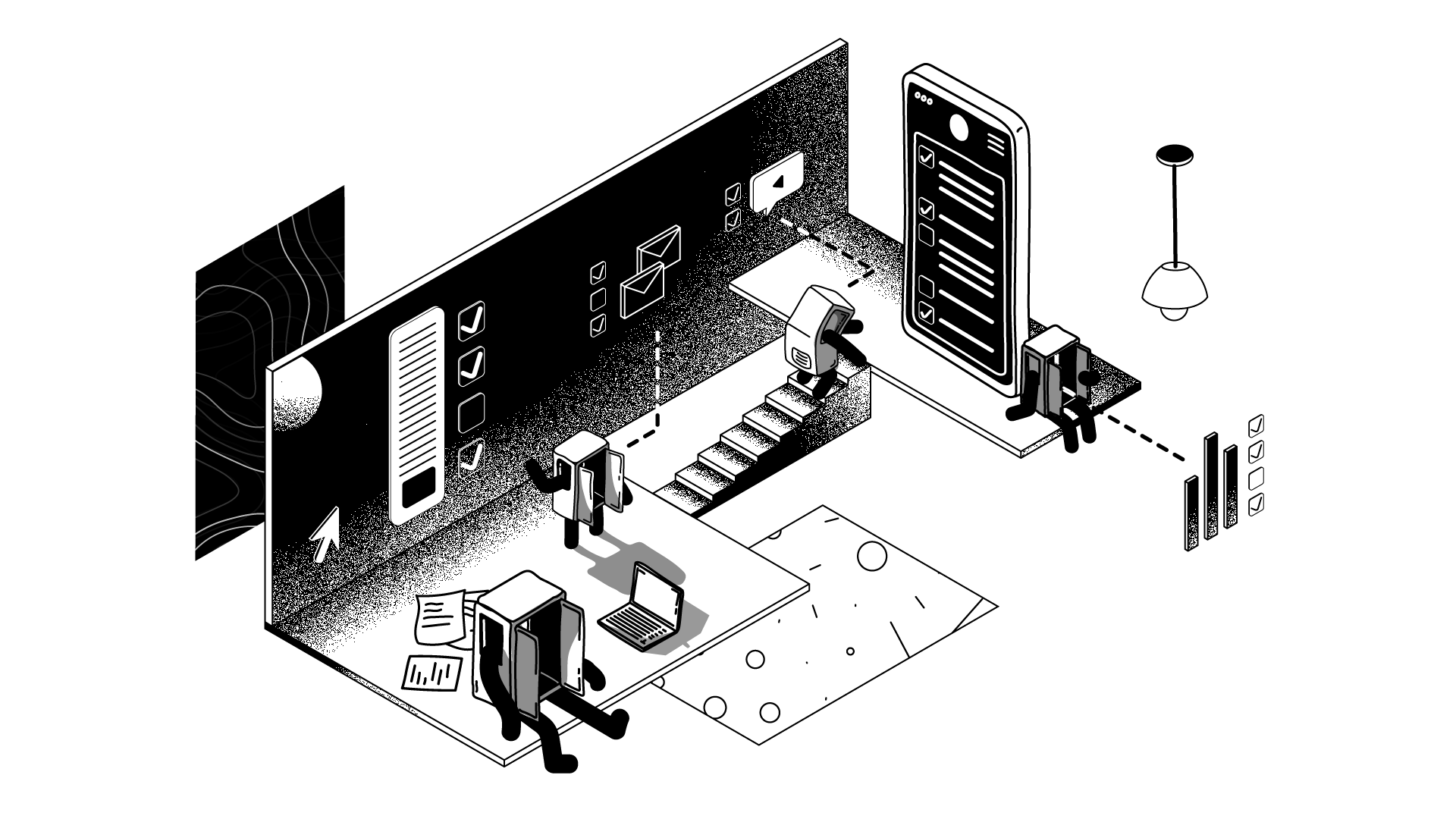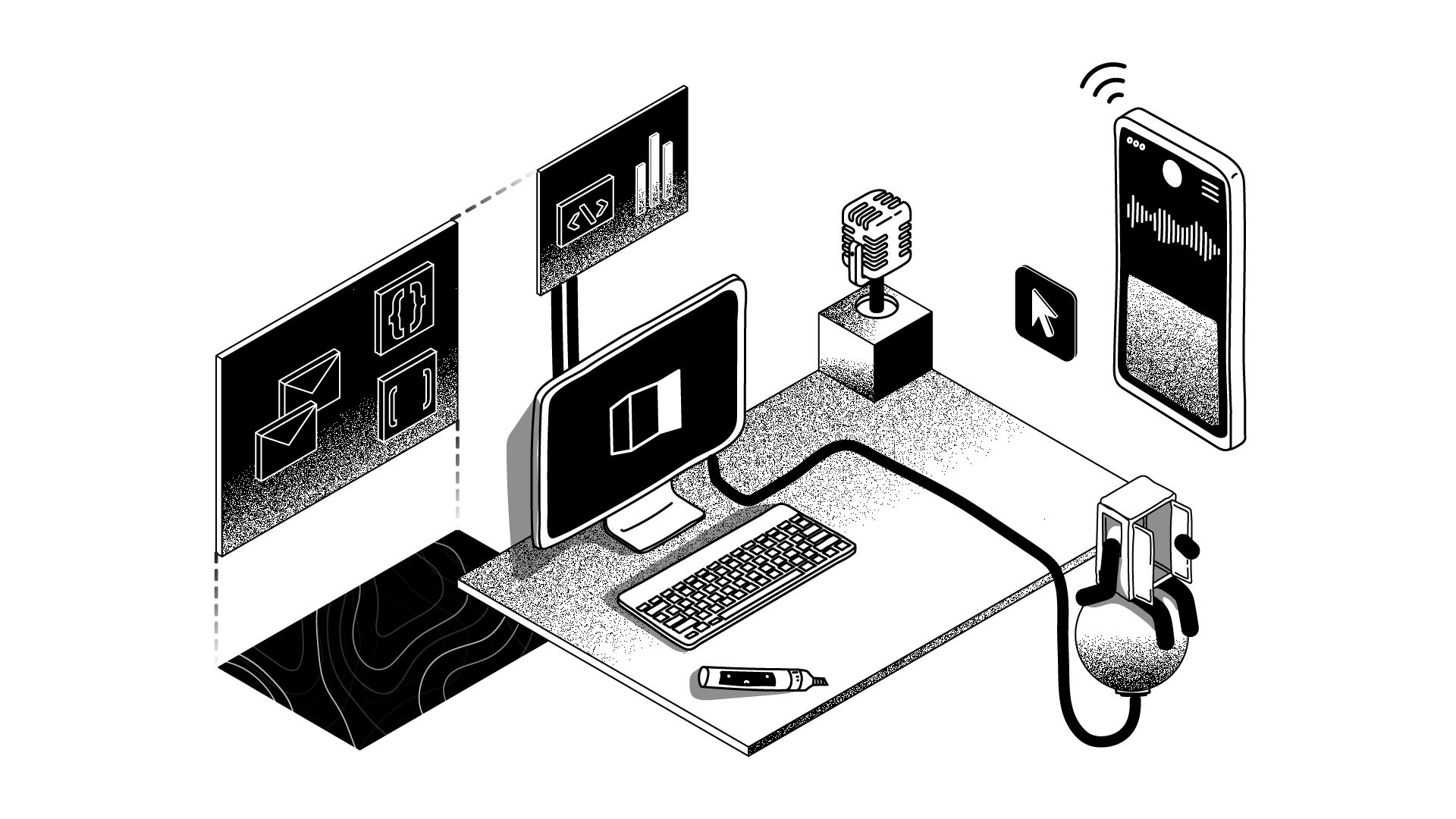What is Funimation voice acting
Since the early 90s, Funimation voice acting paved the way for Japanese anime to reach North America. Today, the company has steadily evolved into mainstream entertainment worldwide. In 2022, Funimation’s content was unified under the Crunchyroll brand. Consequently, the streaming anime giant is now one of the leading global distributors of dubbed anime content. With the ever-increasing licensing and distribution of dubbed shows such as Dragon Ball, One Piece, and Attack on Titan in English. However, a Funimation voice acting career involves aspects like vocal health maintenance and spontaneity. So, if anime is your calling as a voice actor, then a question you’re likely considering is: How can I start Funimation voice acting?
How to start a career in Funimation voice acting
The short answer lies in the “open auditions” policy posted on social media by Funimation. Per their website guidelines, you must first be over 18 and interested in voice acting for dubbing and anime to audition. While an open audition policy does not appeal to everyone, the system has proved successful for Funimation careers in the past. Laura Bailey, for example, auditioned for Funimation jobs at 18 and was hired to voice the young version of Trunks in Dragon Ball Z! Thus starting her Funimation career!
Funimation careers, like any voice over career, come with different challenges. Especially since the shows follow characters, who are more graphically defined and realistic than other forms of animation and involve the use of translated dialogue. As such, Funimation voice actors or any anime-type performers must have strong acting skills to match their voices to fictional yet vivid characters. Bearing in mind also that anime and Funimation voice acting is targeted work that involves varying voice inflections.
What does Funimation voice acting require
Cold reading is a fundamental ingredient for successful Funimation voice acting. This is when a voice actor performs a scene with very little preparation. Although the voice actor still reads from the script, natural spontaneity helps capture the character’s natural essence.
Voice actors looking for long-term Funimation careers work hard to be all-rounders in the acting industry. Essentially, each on-screen clip is different and may call on a voice actor to vocally entertain, mimic, narrate, and even inform the audience within a single scene. They must skillfully alter their tone, intonation, pitch, and pace to deliver the best possible on-screen performance from behind the scenes. Funimation voice actors must also match their vocal rendition to the exact mouth movements of the anime character – infusing vital aspects such as power, agony, vehemence, and other defined emotions.
The importance of maintaining vocal health
According to Japan Powered, anime characters often scream and speak in a high-pitch voice, which can be vocally taxing on a voice actor. That’s why caring for your voice is of utmost importance. The NIH recommends the following Dos and Don’ts for good vocal health.
Dos
- Drink water/warm tea, and keep your vocal cords hydrated.
- Give your voice time to rest between sessions.
- Exercise and stretch your throat and neck muscles.
- In colder weather, keep your neck warm with a scarf.
Don’ts
- Avoid caffeinated drinks like coffee. It dries out your larynx.
- Avoid smoking as it irritates your vocal cords.
- Refrain from yelling or whispering outside of performing.
- Avoid throat clearing. It has a grinding effect on your vocal cords.
What you need to know about Funimation careers
A Funimation career can be a long-term and feasible work option. However, before auditioning, it’s vital to know the strengths and weaknesses of your voice so you can enhance your abilities and avoid anything that could injure your voice. Like most things in life, the more you practice, the better you get. You’ll also find it helpful to put together a portfolio of voice over samples highlighting your best vocal projects. This will come in handy when you audition for Funimation jobs. In addition, having a proper studio setup is necessary, as when the pandemic hit – most Funimation voice actors recorded from home. In addition, anime voice overs are about more than just reading printed words. So you’ll find it helpful to learn about voice acting and look into the pros and cons of hiring a voice over coach.
What do Funimation voice actors earn
At present, Funimation voice actors earn non-union rates between $35-75. According to We got this covered, the payment for funimation voice acting is fixed. Nevertheless, the global anime market value is expected to reach a staggering $26.89 billion in 2022. The industry is clearly expanding and growth of this magnitude can potentially create more voice acting opportunities.
Famous Funimation voice actors
Best friends and past roommates Colleen Clinkenbeard and Laura Bailey are also two well-known Funimation voice actors. As an ADR director, line producer, and writer at Funimation, Clinkenbeard transitioned from stage to voice acting when Bailey brought her to Funimation for an audition. Some of her roles were Princess Snake and Zangya in Dragon Ball Z and various voices in Dragon Ball GT. However, her first lead role was Éclair in Kiddy Grade. By comparison, Laura Bailey made her anime debut when she was just 18 as Kid Trunks in Dragon Ball Z. As a teenager; Funimation voice actor Kent Williams first spotted her at a college play, where he invited her to audition for Funimation.
FAQ
Funimation Global Group, doing business as Crunchyroll specializes in the dubbing and distribution of East Asian media.
Funimation. (2022, December 2). In Wikipedia.
Funimation describes having open voice acting auditions about once a year and suggests keeping demos and resumes ready. You can follow their official social media accounts, and check out the Funimation website, and Funimation blog which direct you to more information about their services and auditions.
